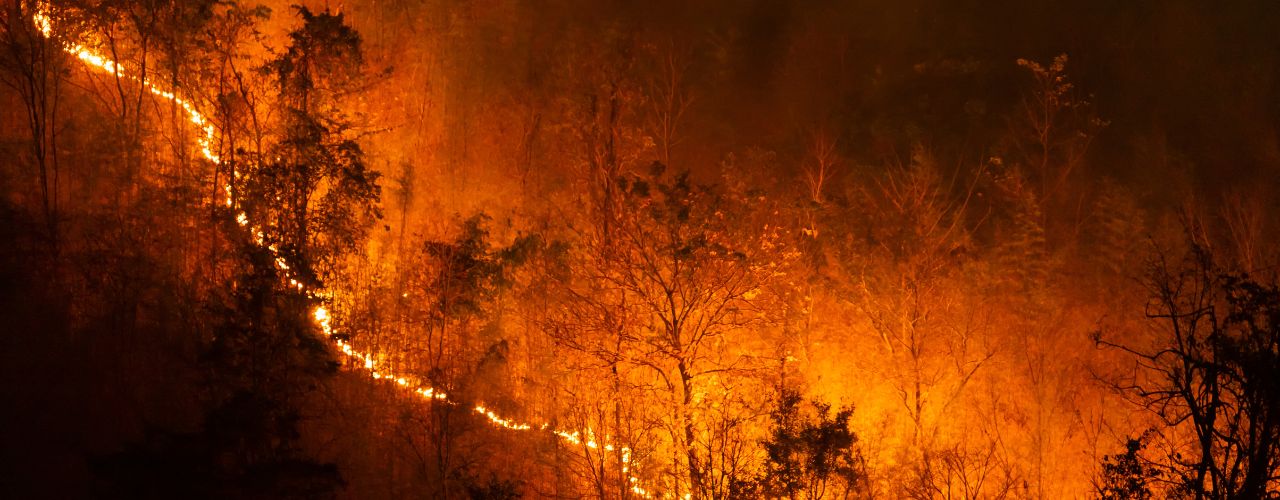Many on the West Coast fear that a wildfire could sweep through their property and take their home away. And while it cannot be stopped by common folk, there are various ways to tackle the situation head-on and maintain preparedness. Let’s dial it back an extra layer and discuss some key things to know about how wildfires start and how to protect your property.
How Do Wildfires Start?
So, how do wildfires start? A wildfire relies on three key ingredients in the correct portions: heat, oxygen, and fuel. A natural event can occur for heat to ignite a flame, such as a lightning strike. But humans can contribute to the ignition by tossing half-lit cigarettes out their windows or leaving bonfires unattended on open, parched land.
People don’t take into consideration how their daily movements can make big environmental impacts. But cigarettes and bonfires are not the only problems. Other issues, such as car accidents resulting in down power lines, purposely initiating arson, and human error on outdoor devices and equipment can start a small fire that becomes a wildfire.
What Contributes to the Spread
Once the fire starts, the spread is where many get into the most trouble. With enough momentum, heat, and dry land, it’s off to the races in most cases. The travel rate can reach up to 14 miles per hour for a wildfire, which is relatively hard to control and can destroy virtually anything in its path. After a fire starts and rapidly spreads, it will grow with each new fuel source it eats up.
Damage to the Surrounding Area
Everything in the path becomes ash in seconds, including homes. All it takes is two minutes for a fire to grow from dangerous to life-threatening. Many homeowners on the west try to minimize their personal risk by installing fire-resistant housing materials and adequate ventilation.
It’s also advantageous to follow a 100-foot safety space between the home and the land. This means anything within 100 feet of the house should be fire safe or fire-resistant to allow enough time to vacate the property or slow the spread.
Can Anything Drastic Be Done?
Wildfires cause a lot of grief for the affected area’s plant life, people, and wildlife. Many want drastic action. Unfortunately, there isn’t much we can do to change the situation other than limit the number of controllables.
Remaining alert and attentive to campfires, ensuring cigarette butts are fully out, and being environmentally conscience can help decrease human-initiated wildfires. But when the land experiences a natural event, the best-case scenario is to vacate the area and secure belongings you don’t want turning into ash.
When we understand how wildfires start and spread, we gain more awareness of how to handle them and prepare. It can be challenging to navigate if you live in an area prone to their spread and presence, but hopefully, with enough insight, you can minimize the impact or help prevent it from destroying your property.





